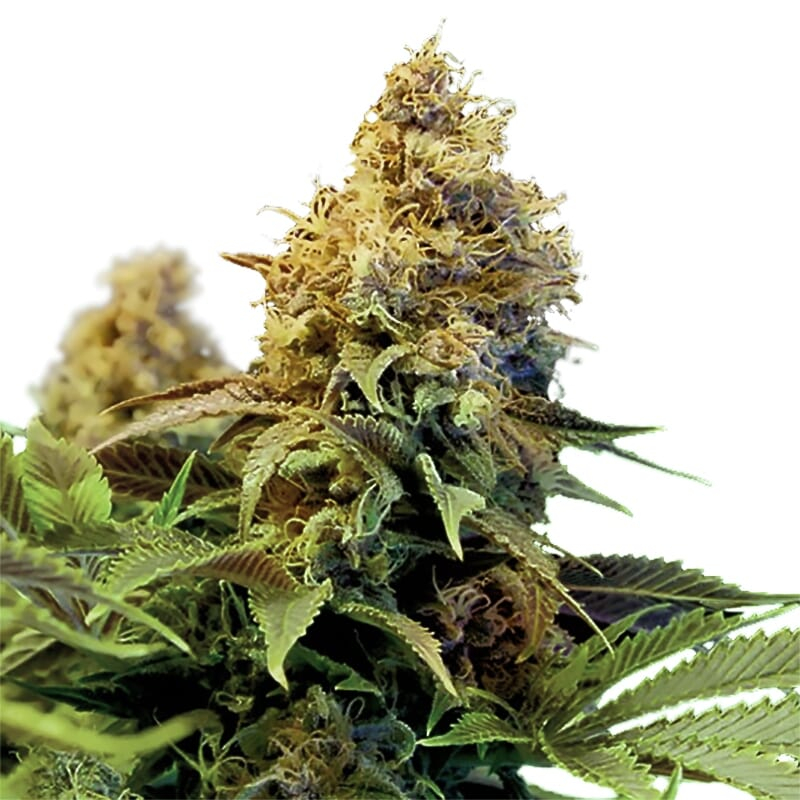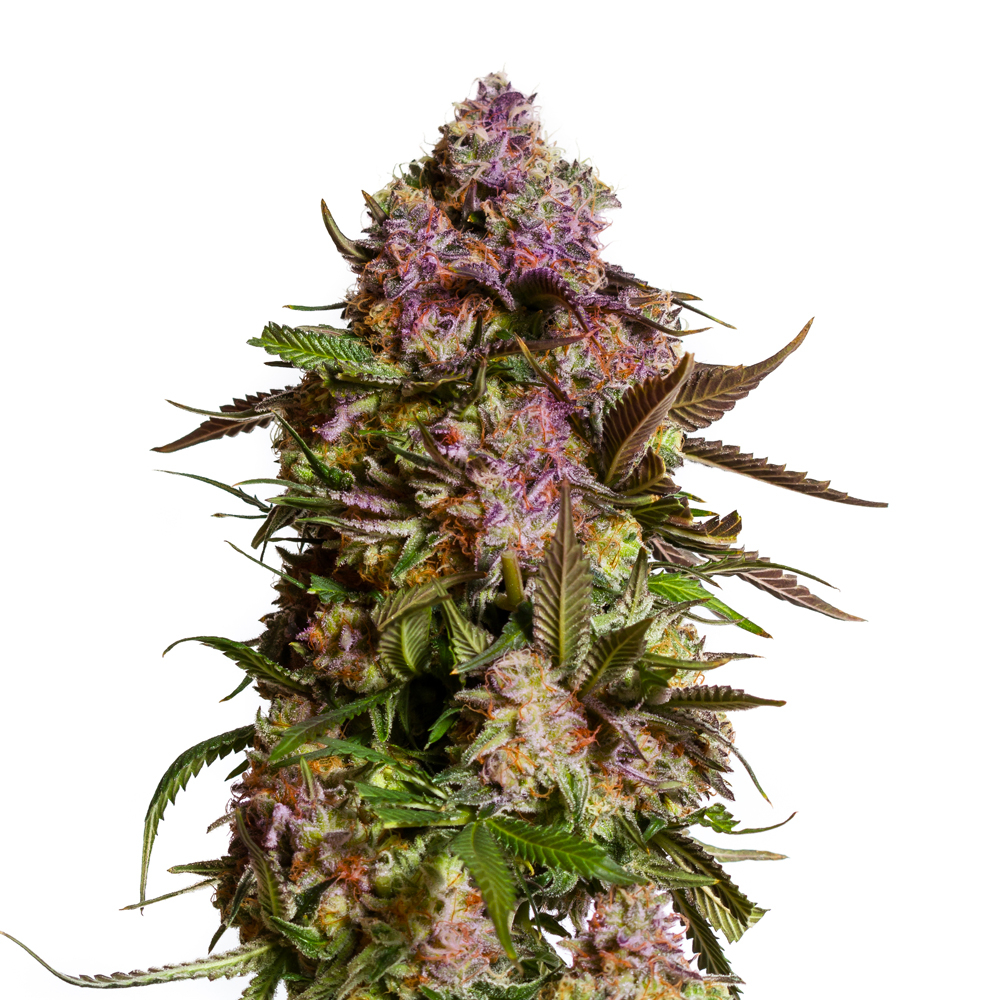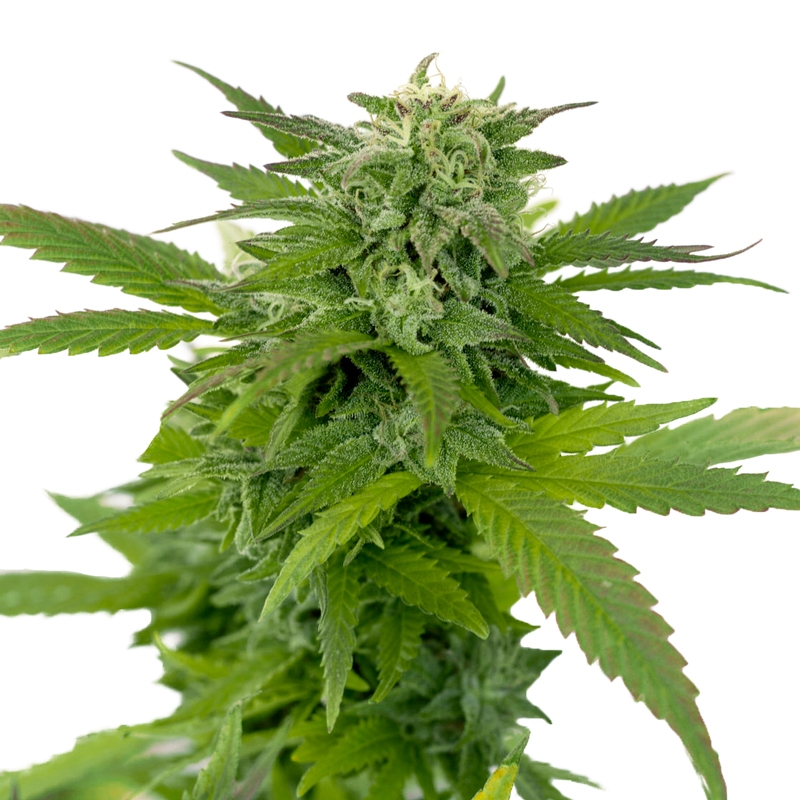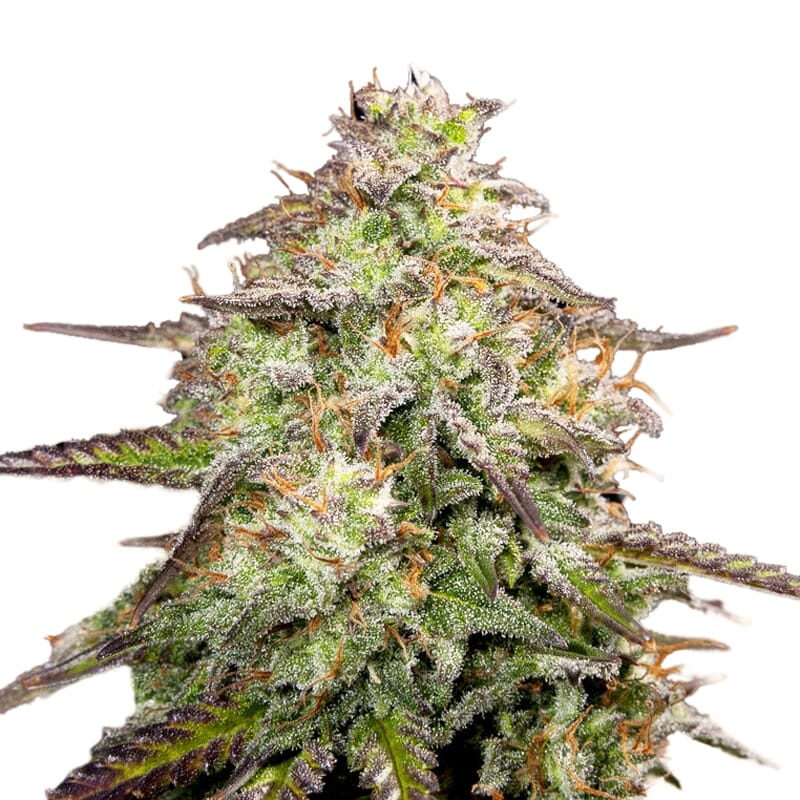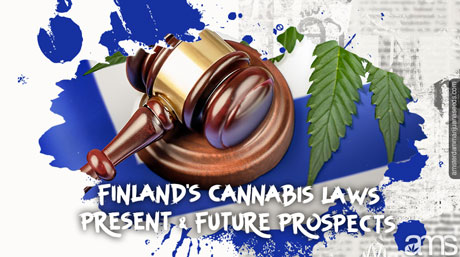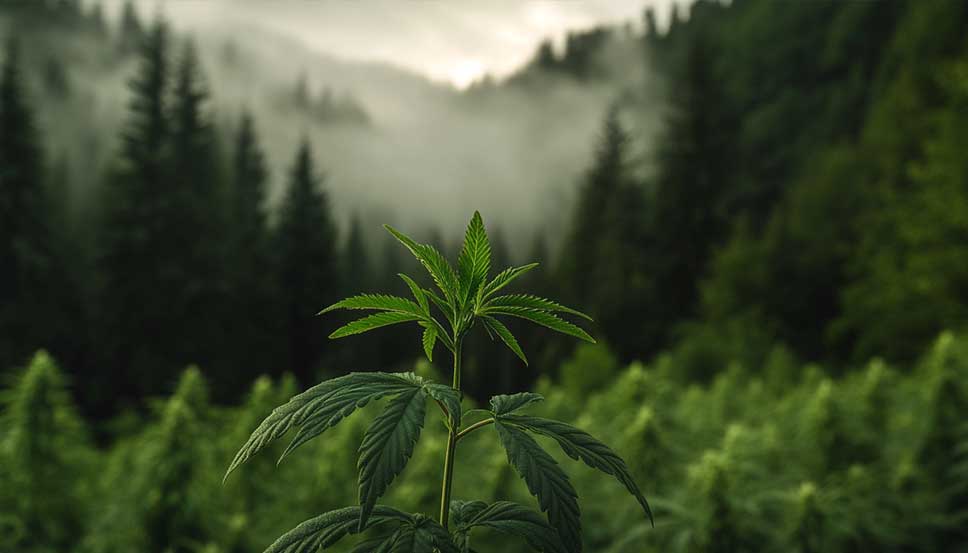Iceland is more than just an island in the North Atlantic Ocean. It is a realm of stark contrasts, a land where fire and ice coexist, where the nights are long and the lights, mesmerizing. The Northern Lights, or Aurora Borealis, is a celestial phenomenon that needs no introduction. Think of them as nature’s psychedelic performance in the sky, a spectacle that leaves onlookers awestruck with its bewitching dance of green, pink, and violet curtains fluttering against the stark, black canvas of the night.
But to truly appreciate this wonder, you need to be in the right place at the right time. The best time to watch the Northern Lights in Iceland is from September to March, courtesy of the longest nights of the year. During these months, the nights stretch on and on, allowing the Aurora Borealis to take center stage. But remember, nature operates on its own schedule, and the lights can appear anytime between dusk and dawn. So, stay alert, for the show can begin at any time, unexpectedly, much like the subtle head rush after a puff or two of the Northern Light, a cannabis strain as captivating as the celestial light show it is named after.
Where the grass isn’t greener: The cannabis challenge in Iceland
Iceland, for all its ethereal beauty and liberal reputation, maintains a firm stance on the prohibition of cannabis. This might come as a surprise, considering how the island nation is known for its high life quality, progressive policies, and seemingly relaxed atmosphere. Despite a significant portion of the population having a proclivity towards the green herb (Iceland tops the charts in the UN World Drug Report), the country’s law doesn’t allow any possession, sale, or cultivation of cannabis.
In fact, the illicit use of the herb can lead to strict legal consequences. Small quantities, meant for personal use, might not land you in jail, but they can result in hefty fines, and in some cases, a criminal record. So, while the Northern Light cannabis strain might seem like the perfect companion for your journey under the Northern Lights, be aware of the risks.
The many faces of Iceland’s geographical wonders
Iceland’s geographical diversity is nothing short of extraordinary. The island boasts a landscape that’s as varied as it is stunning. With mountains, volcanoes, geysers, hot springs, waterfalls, and glaciers, the country offers a never-ending list of attractions for nature lovers.
Experience the thrill of standing next to a geyser just as it’s about to erupt, shooting hot water and steam meters into the air. The Great Geysir and Strokkur, located in the Geysir Geothermal Area, are among the most famous geysers in the country. Though the Great Geysir has been relatively quiet in recent years, Strokkur erupts every few minutes, offering a sight you’ll remember for years to come.

Journey to the center of the Earth: Icelandic glaciers and their bewitching allure
Glaciers are a defining feature of Iceland’s landscape. Covering about 11% of the country’s land area, these massive ice caps are both beautiful and powerful forces of nature. Walking into the heart of a glacier is an experience like no other. It’s like stepping into another world, a vast white wilderness that’s eerily quiet yet spectacularly beautiful.
Vatnajökull and Snæfellsjökull national parks are among the best places to explore the country’s glaciers. Both parks offer guided tours that take you deep into the glaciers, where you can explore ice caves and crevasses, and learn about the geology and ecology of these fascinating ecosystems.
The dance of water: Iceland’s mesmerizing waterfalls
Waterfalls are another prominent feature of Iceland’s landscape. Whether it’s the mighty Gullfoss, the dramatic Skógafoss, or the enchanting Seljalandsfoss, each waterfall has its own charm and character. The sheer number, variety, and accessibility of waterfalls in Iceland make them a must-visit for any nature enthusiast.
Gullfoss, located in the canyon of the Hvítá river, is one of the most popular tourist attractions in the country. It’s a two-tiered waterfall that creates a spectacular display of raw power and beauty. Skógafoss, on the other hand, is known for its classic rectangular shape and impressive height, while Seljalandsfoss is famous for its unique feature that allows visitors to walk behind the waterfall, offering a truly unique perspective.

Where the sky meets the Earth: More Icelandic gems
Iceland’s attractions aren’t limited to natural wonders. The country also offers a wealth of cultural and historical landmarks that are worth exploring. The Blue Lagoon, for example, is a geothermal spa that’s renowned for its milky-blue seawater, which is believed to have healing properties.
Perlan, located in Reykjavik, is another must-visit. This modern landmark houses a museum, a planetarium, and an observation deck that offers panoramic views of the city and beyond. And then there’s the Sun Voyager, a beautiful sculpture located by the sea in Reykjavik. Designed by Jón Gunnar Árnason, the sculpture symbolizes a dream of hope, progress, and freedom.
A symphony of fire and ice: The volcanic landscape of Iceland
Home to around 130 volcanoes, Iceland is often referred to as the Land of Fire and Ice. The volcanic activity is a result of the country’s location on the Mid-Atlantic Ridge, where the North American and Eurasian tectonic plates meet. This has resulted in a unique landscape characterized by lava fields, volcanic mountains, geothermal hot springs, and black sand beaches.
A visit to a volcanic site, like the Eyjafjallajökull volcano that brought air travel to a standstill in 2010, or the still-active Hekla, often dubbed as the “Gateway to Hell” in the Middle Ages, adds an adrenaline-pumping twist to the trip.

Into the highlands: The unforgiving yet alluring wilderness
The Highlands of Iceland, known as “Hálendið” in Icelandic, present a different facet of the country’s charm. This is a place where nature reigns supreme, a place where human presence feels transient and insignificant. The Highlands are home to some of the most remote and rugged terrains in Iceland, offering adventurous travelers a chance to veer off the beaten path and discover the country’s untamed beauty.
Traveling through the Highlands is not for the faint-hearted. The roads are often rough, the weather unpredictable, and the landscapes, though stunningly beautiful, can be harsh and unforgiving. But those who venture into this wilderness will be rewarded with sights that few get to see: endless lava fields, glacial rivers, hidden waterfalls, and geothermal pools tucked away in the middle of nowhere.
An Icelandic saga to remember
As the curtains draw on this grand Icelandic saga, one can’t help but be overwhelmed by the sheer power and beauty of this little island nation. From the psychedelic dance of the Northern Lights to the island’s rugged highlands, from the soothing waters of the Blue Lagoon to the thunderous roar of waterfalls, from the silent march of glaciers to the smoking volcanoes, every element tells a tale of nature’s unbridled power and allure. It’s a story that lingers in your heart, a story you carry with you as a memory and a feeling.
And while you may have enjoyed the clandestine company of Northern Light, remember that this magical herb, much like the beauty of Iceland, is to be respected and treated responsibly. So, as you bid goodbye to this land of fire and ice, remember the words of J.R.R. Tolkien, “Not all those who wander are lost.” Sometimes, they find a saga worth sharing, a tale of a magical journey in the land under the Northern Lights.
FAQs about Cannabis on Iceland
What is the best time to watch the Northern Lights in Iceland?
The best time to watch the Northern Lights in Iceland is from September to March, during the longest nights of the year. However, the lights can appear anytime between dusk and dawn, so staying alert is important.
What are the legal restrictions on cannabis in Iceland?
Iceland has strict laws prohibiting the possession, sale, and cultivation of cannabis. While a significant portion of the population may have an affinity for cannabis, it can lead to legal consequences, including fines and criminal records.
What are some popular natural attractions in Iceland?
Iceland offers a wide range of natural attractions, including geysers, glaciers, waterfalls, and volcanic landscapes. Some popular ones include the Great Geysir, Vatnajökull and Snæfellsjökull national parks, and iconic waterfalls like Gullfoss and Skógafoss.



